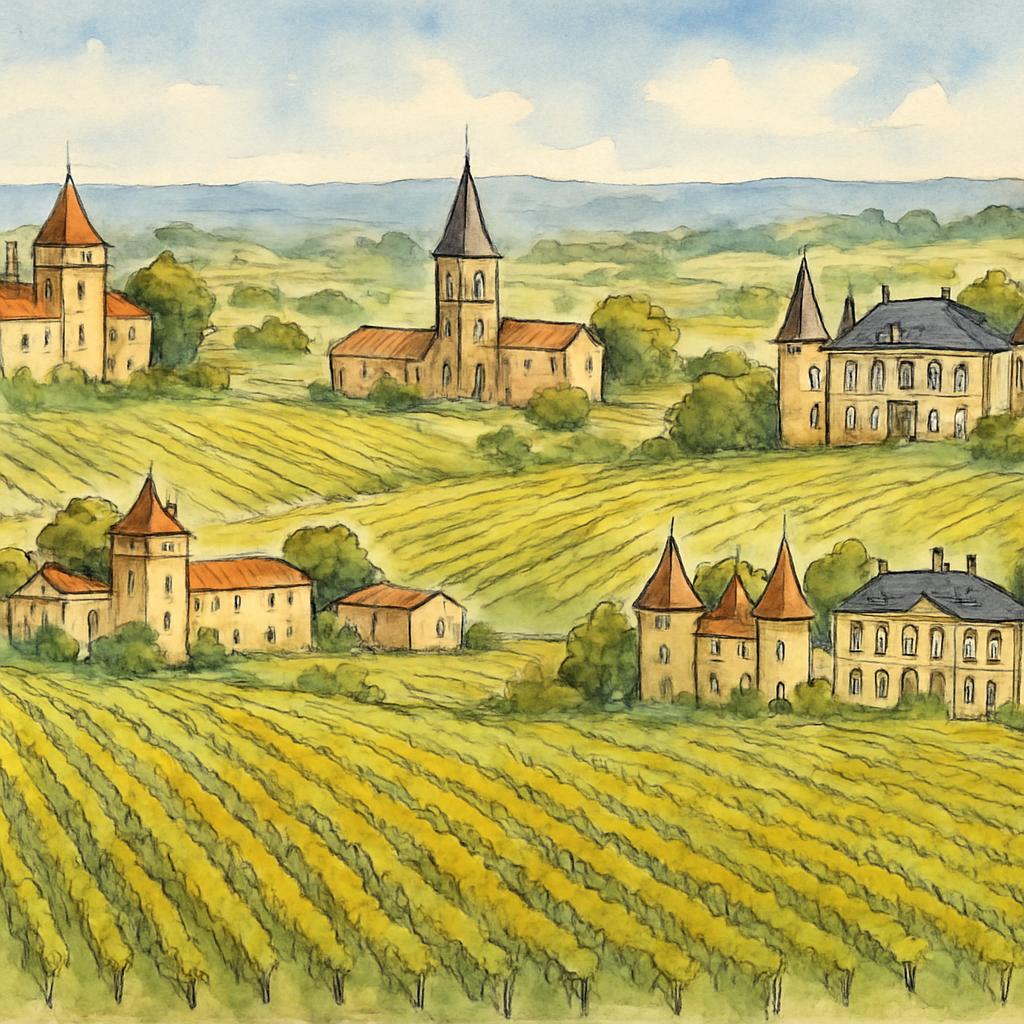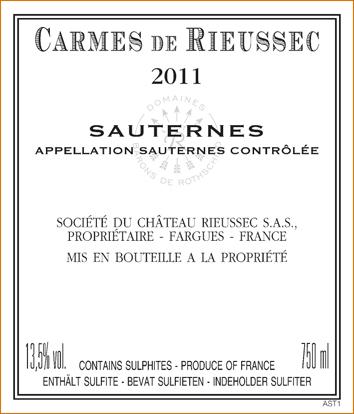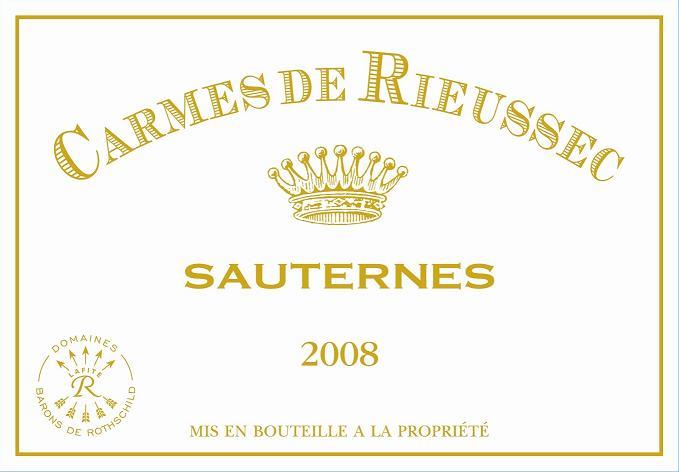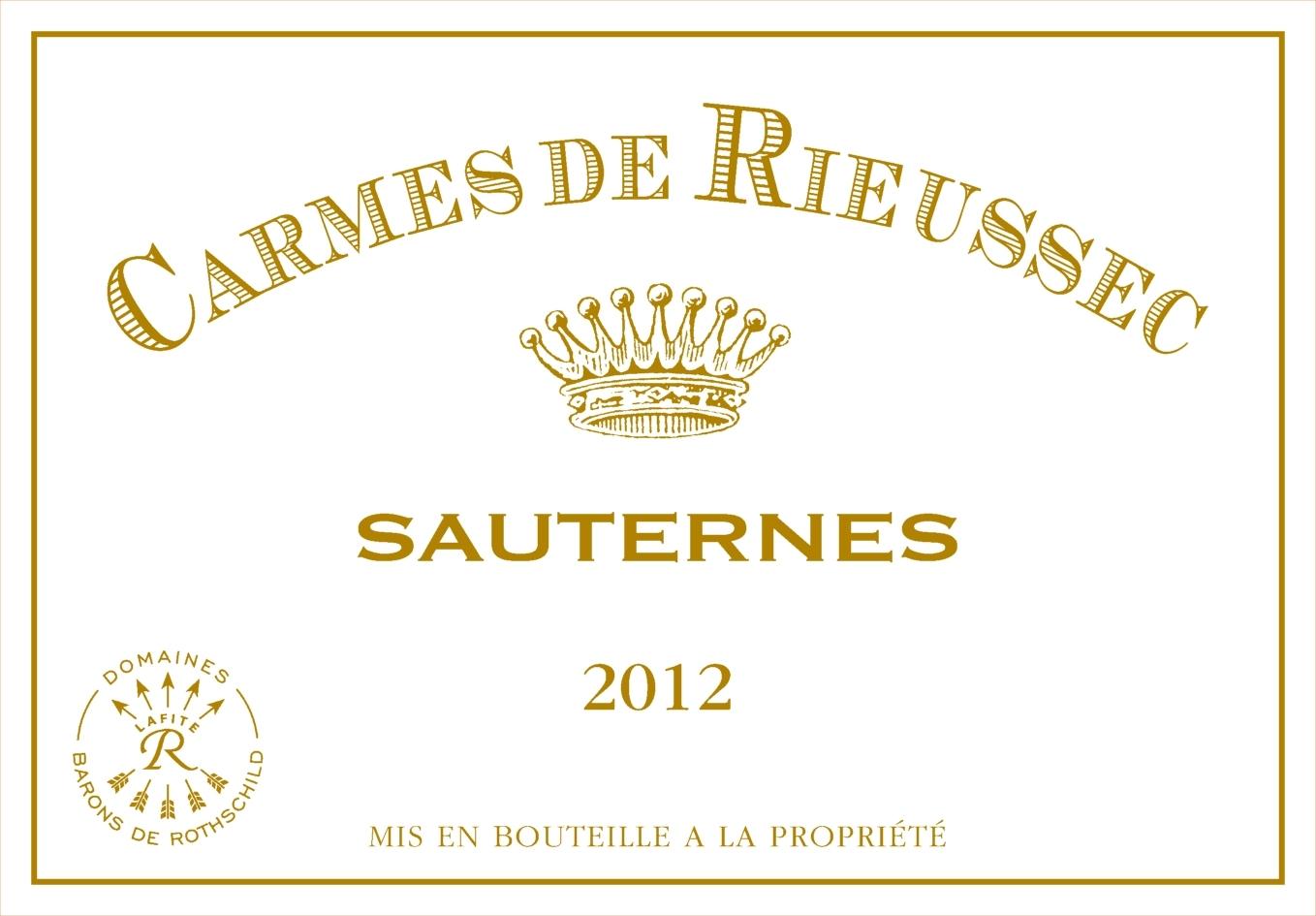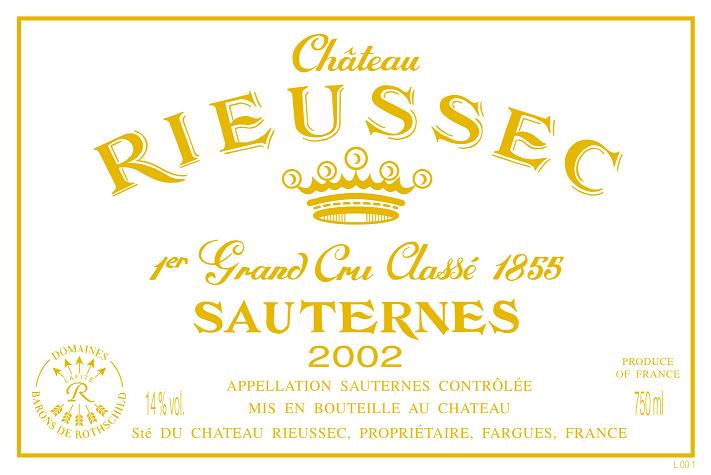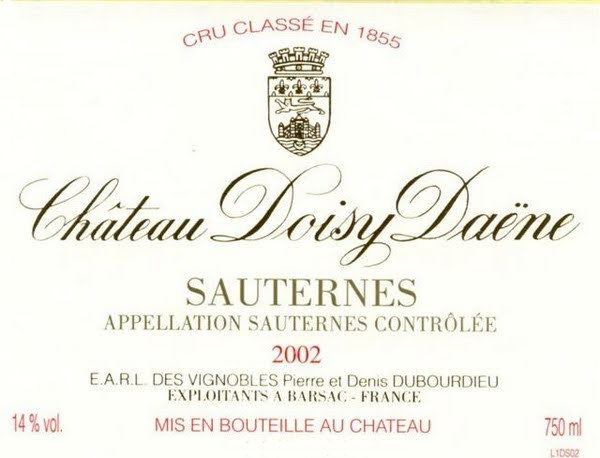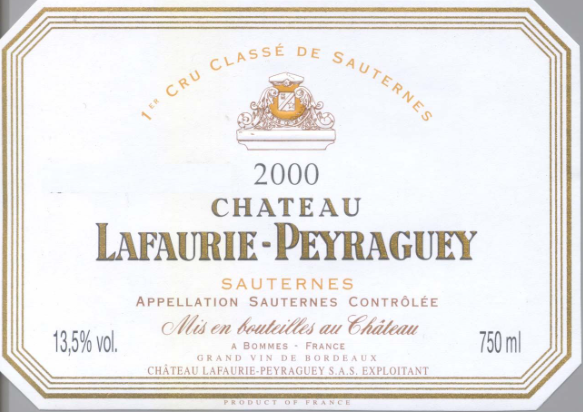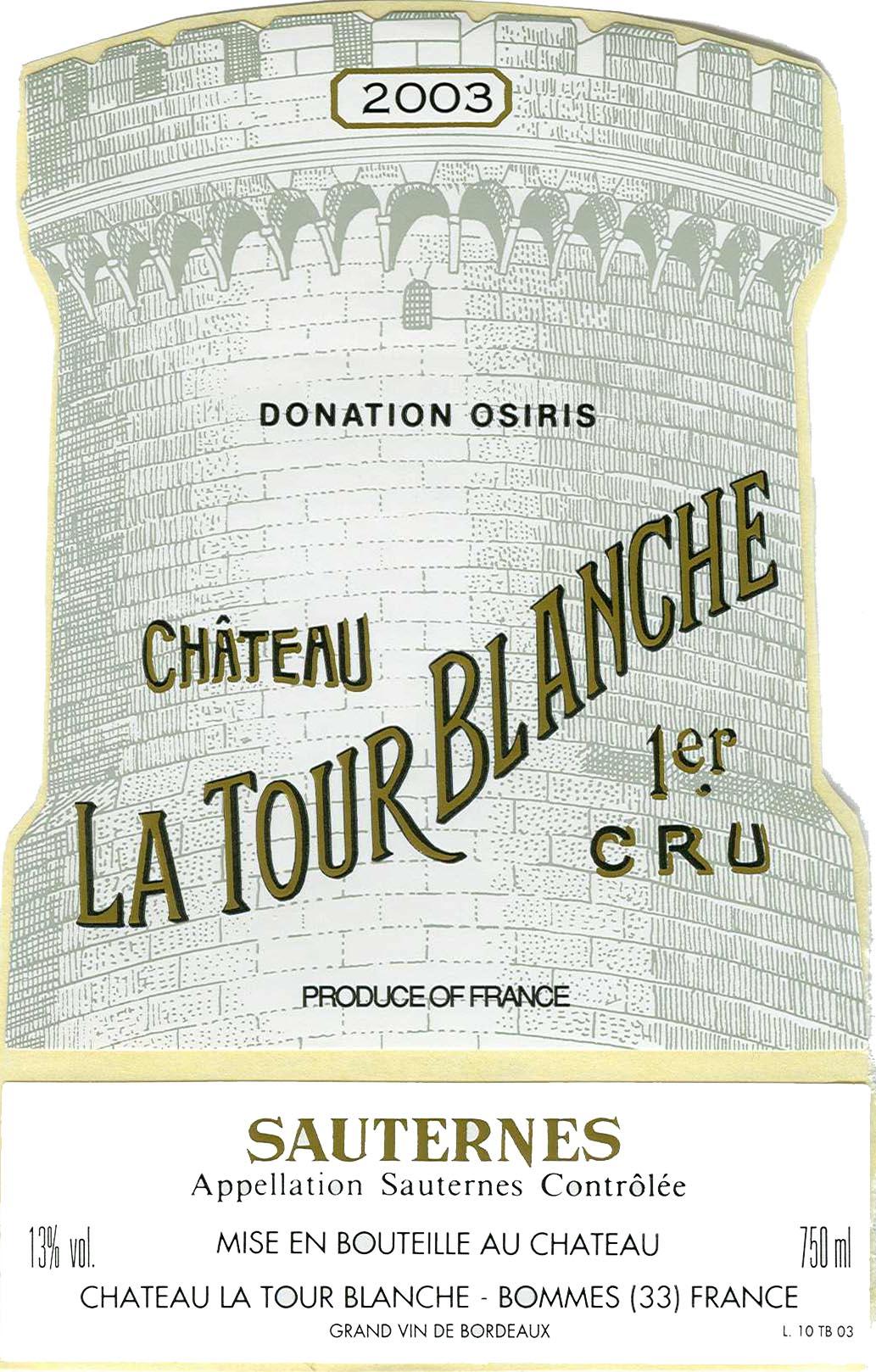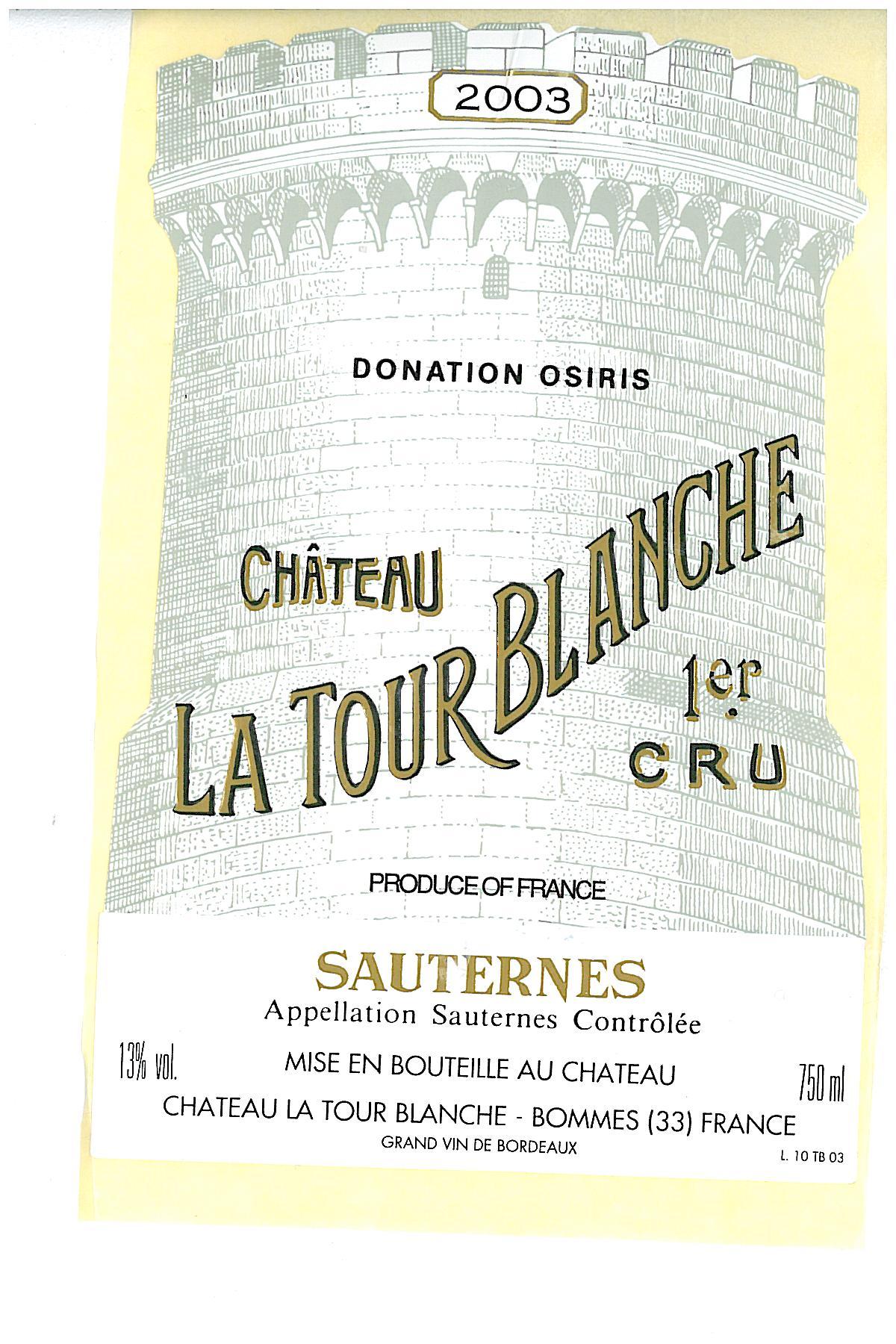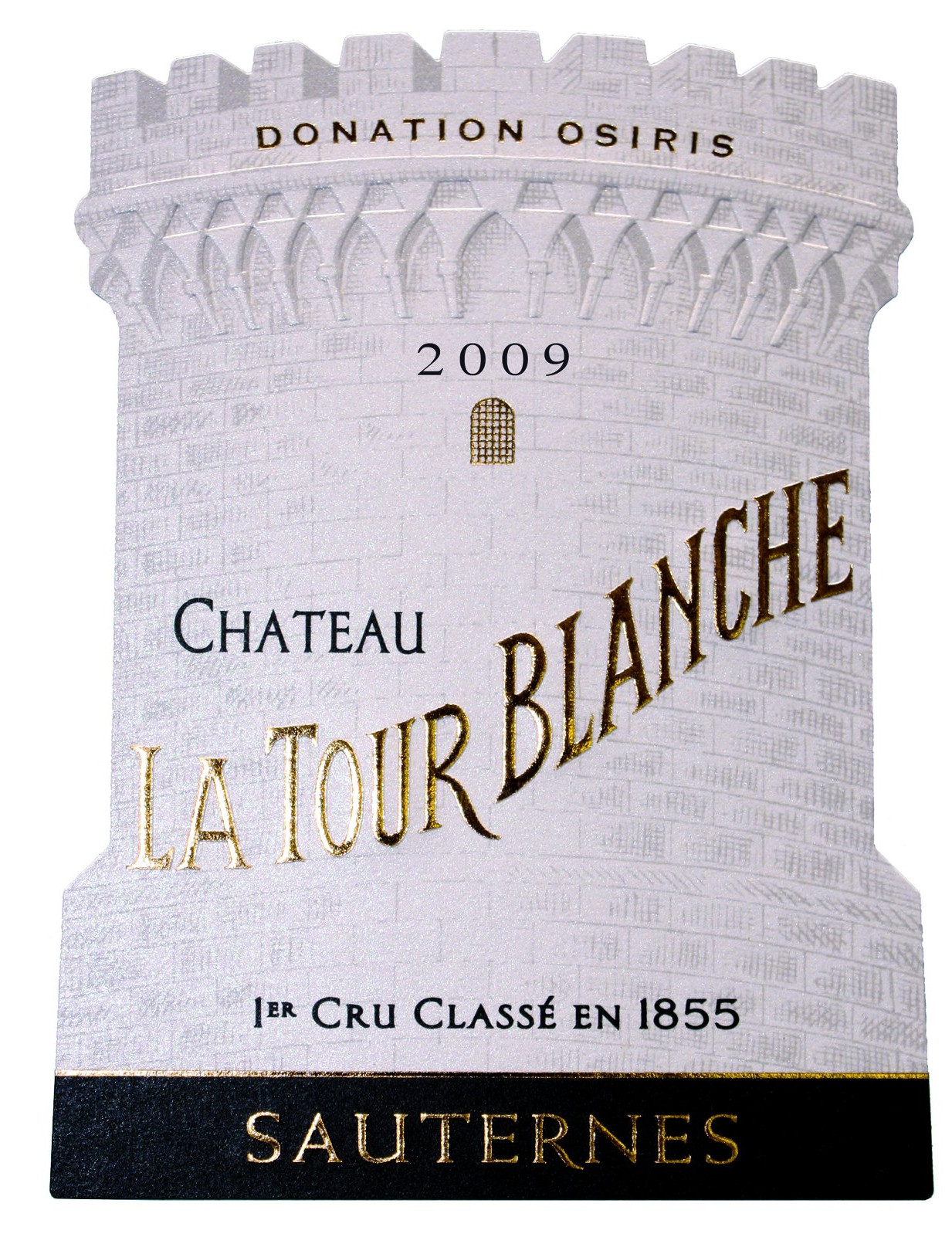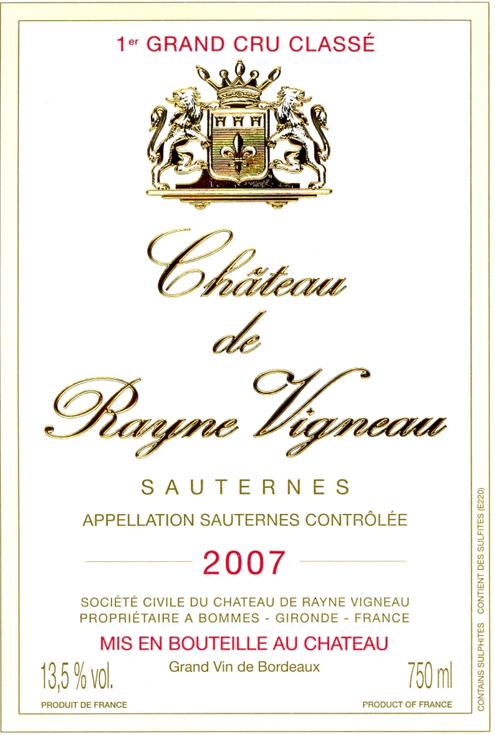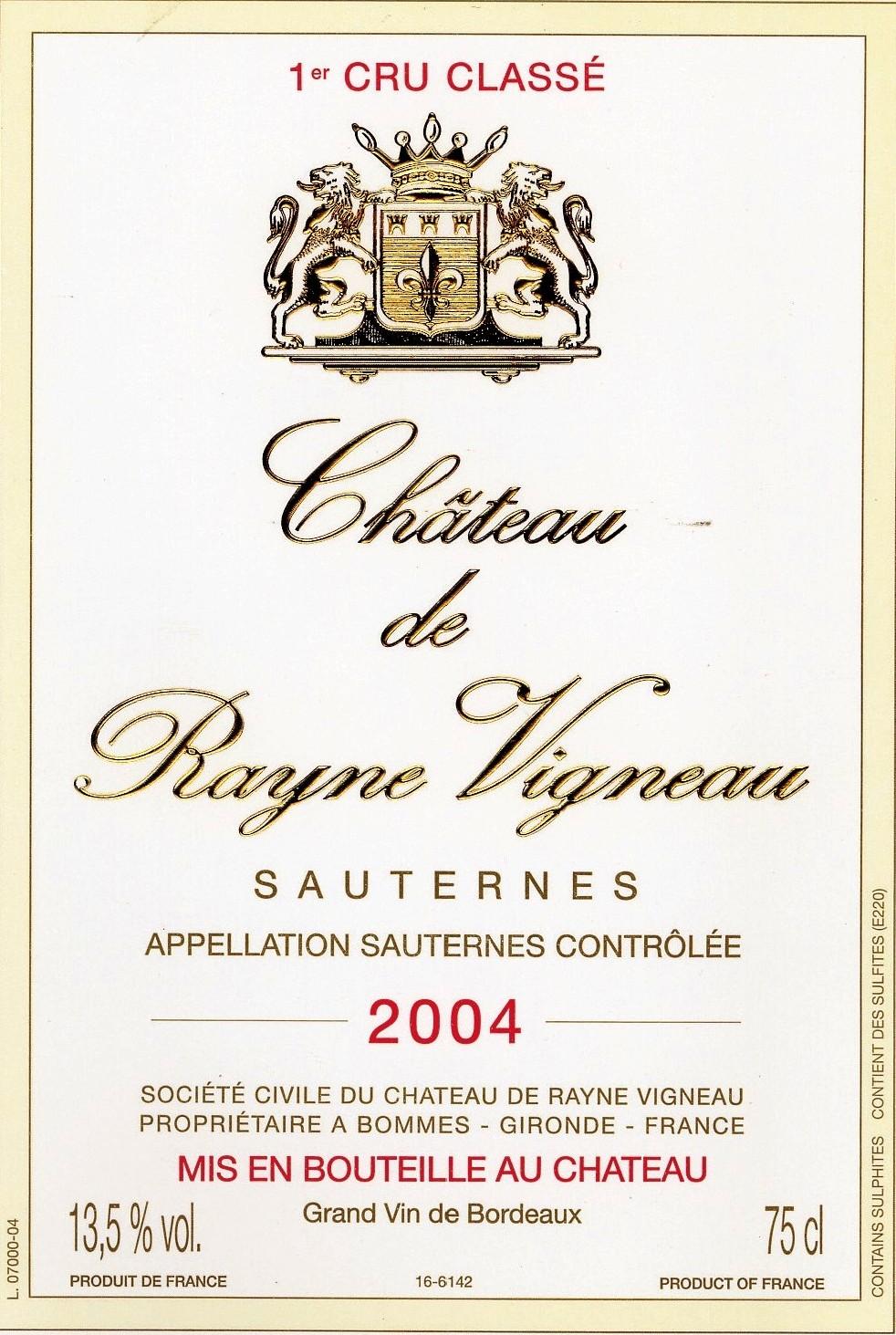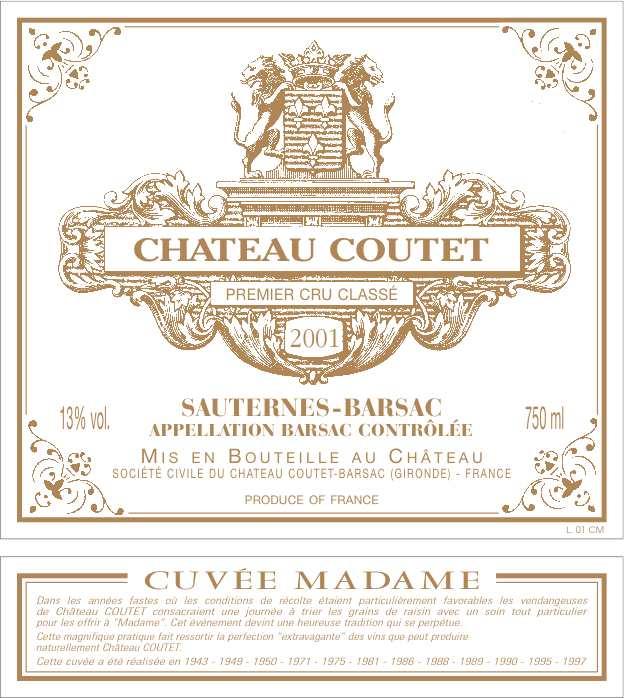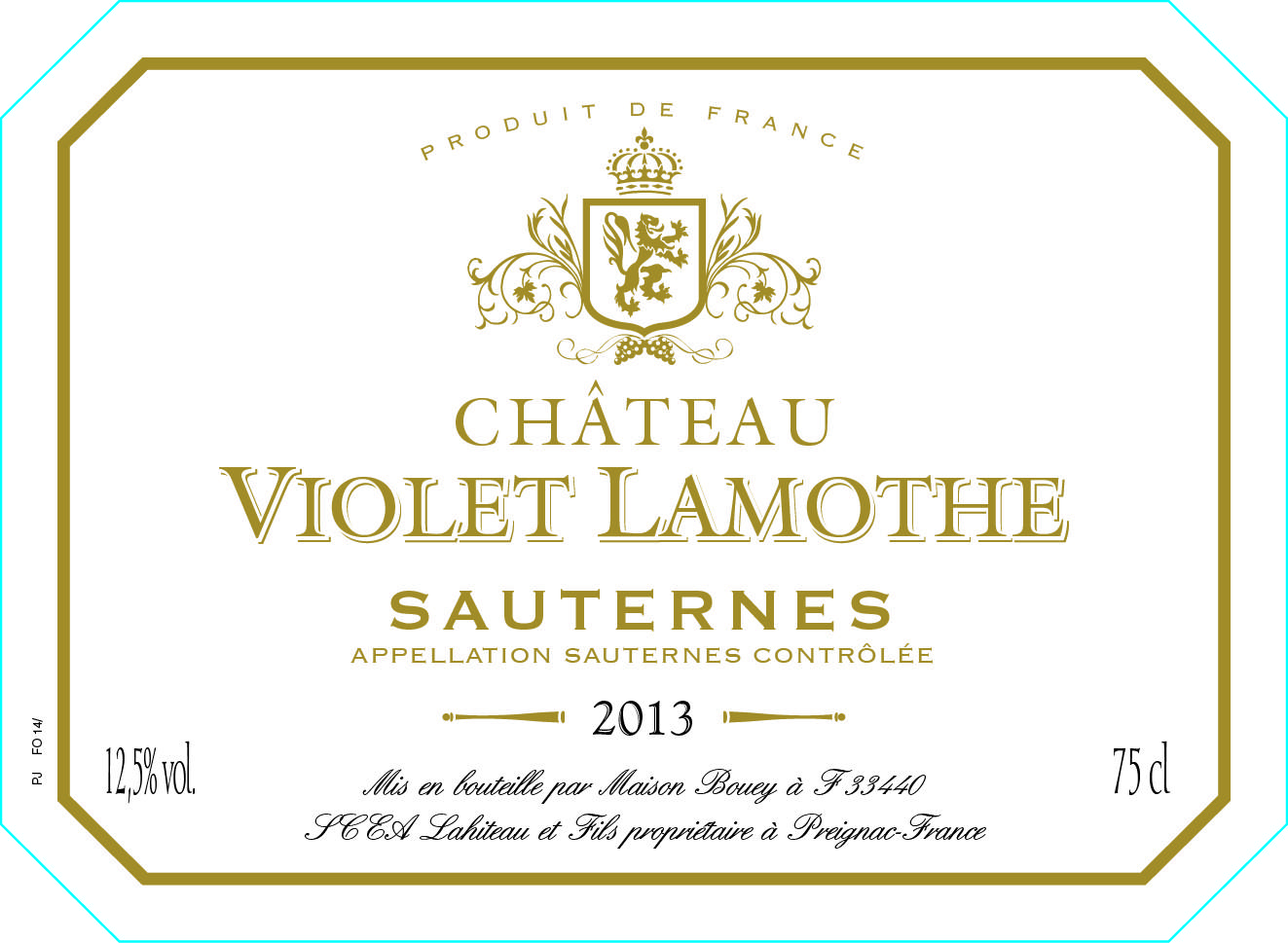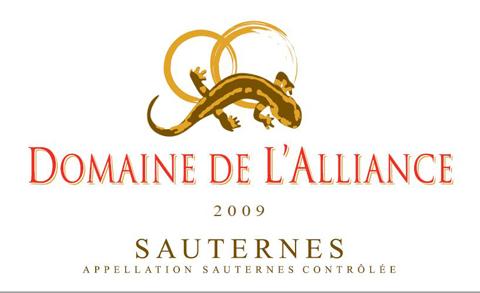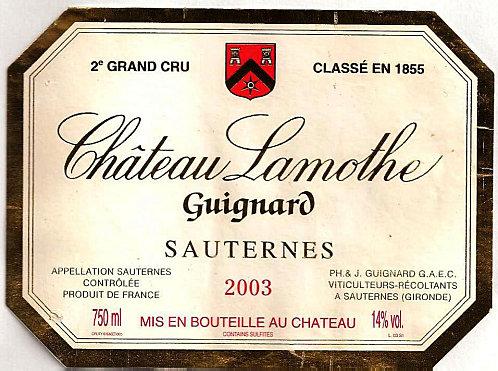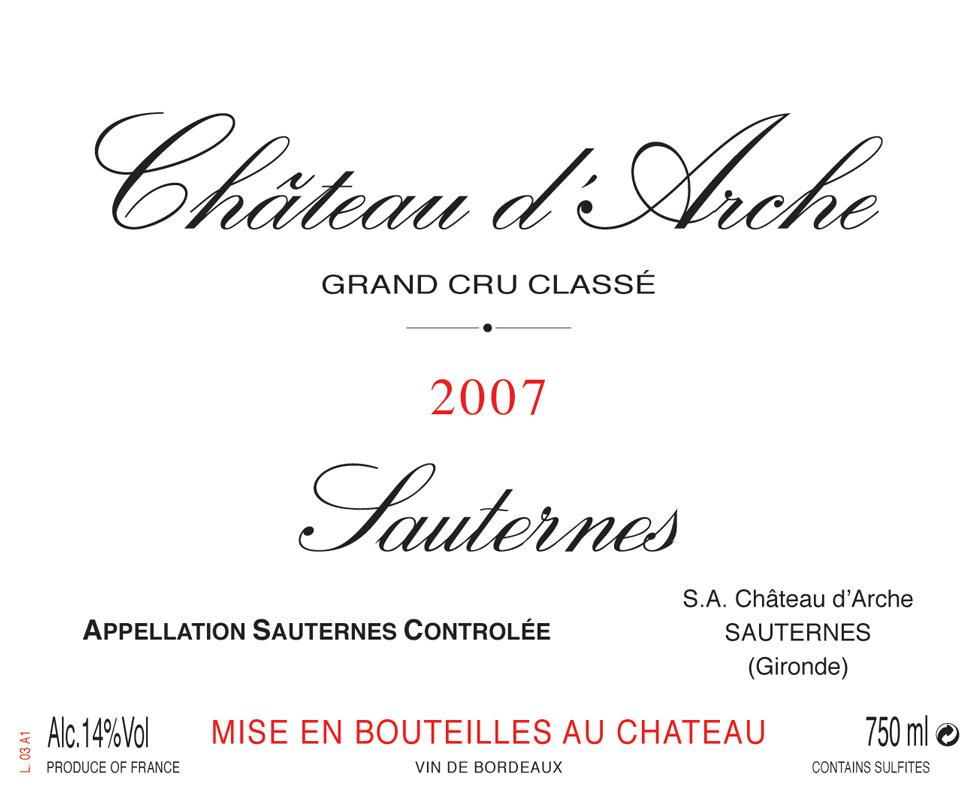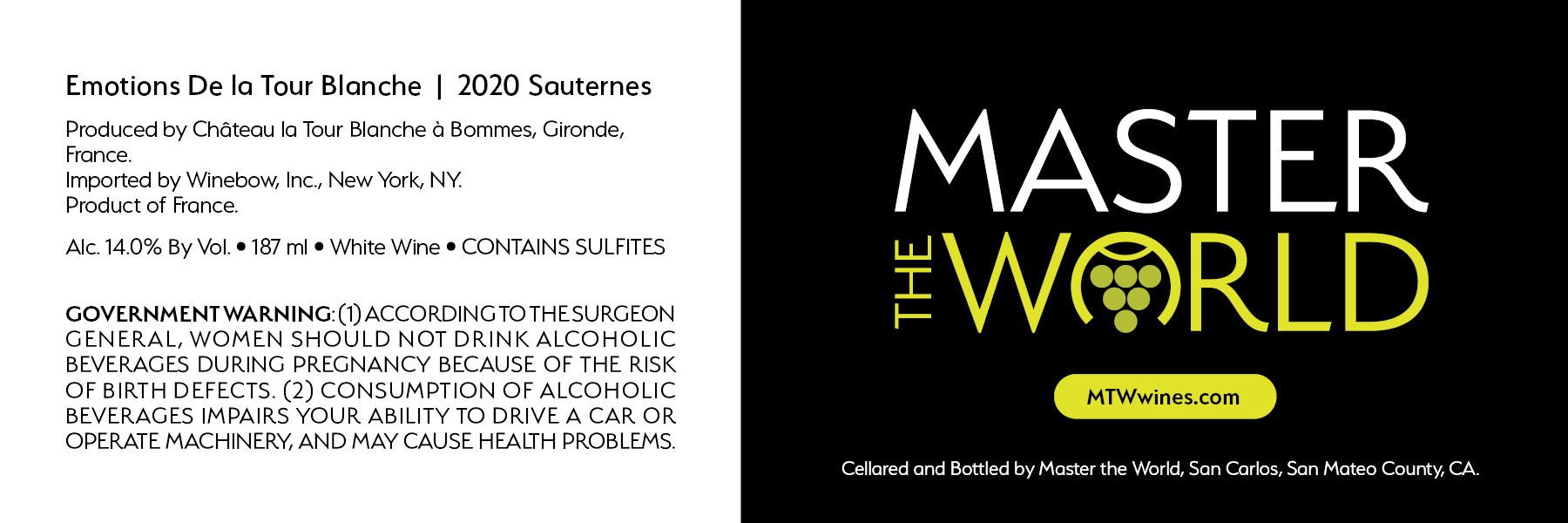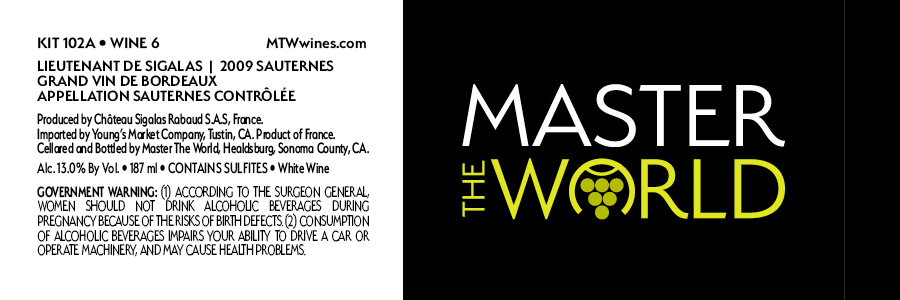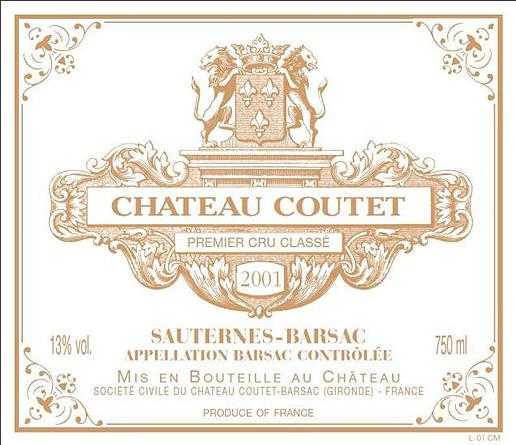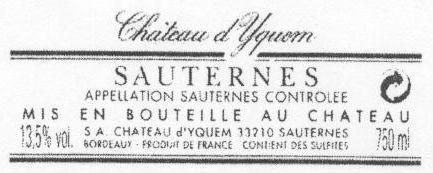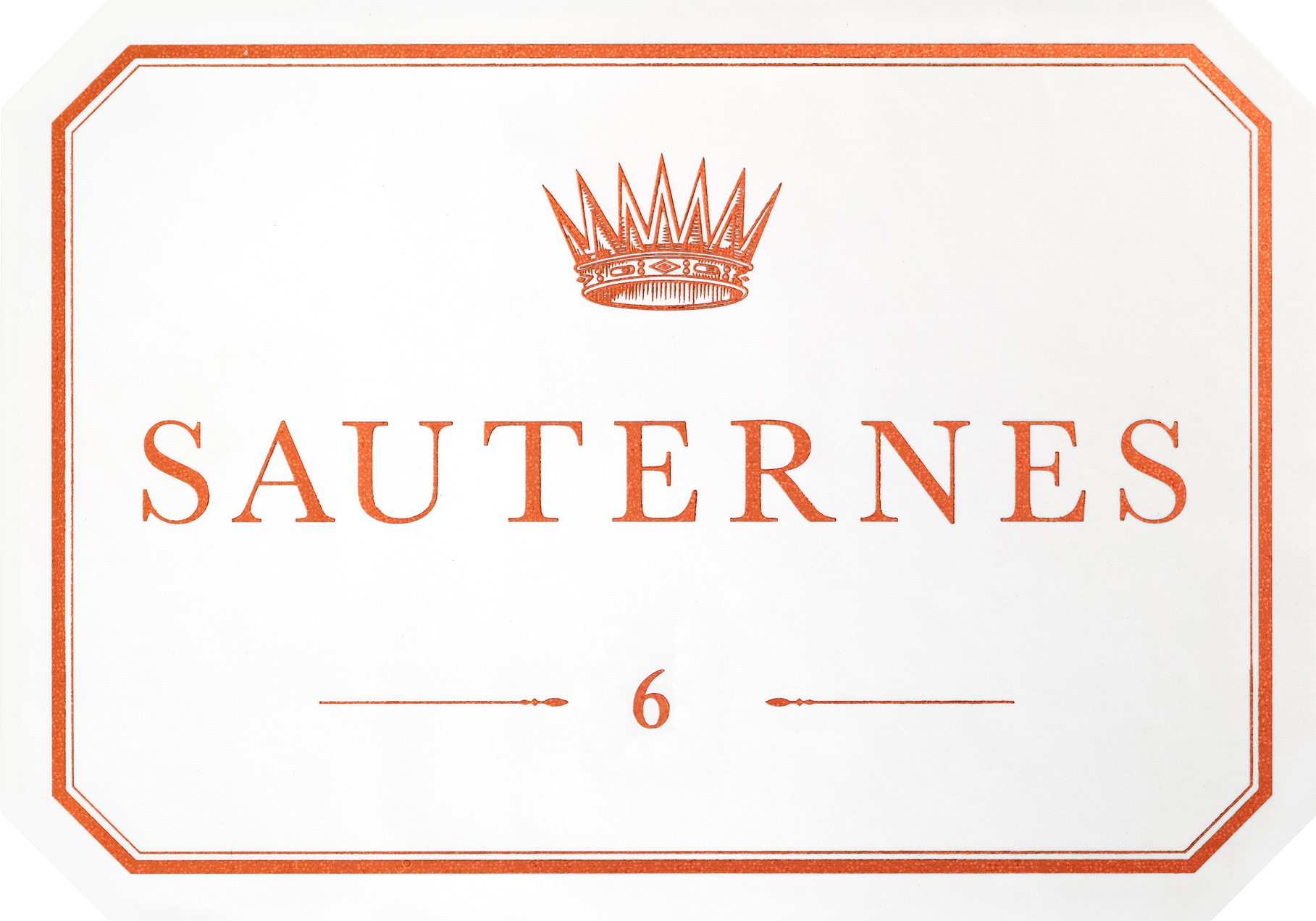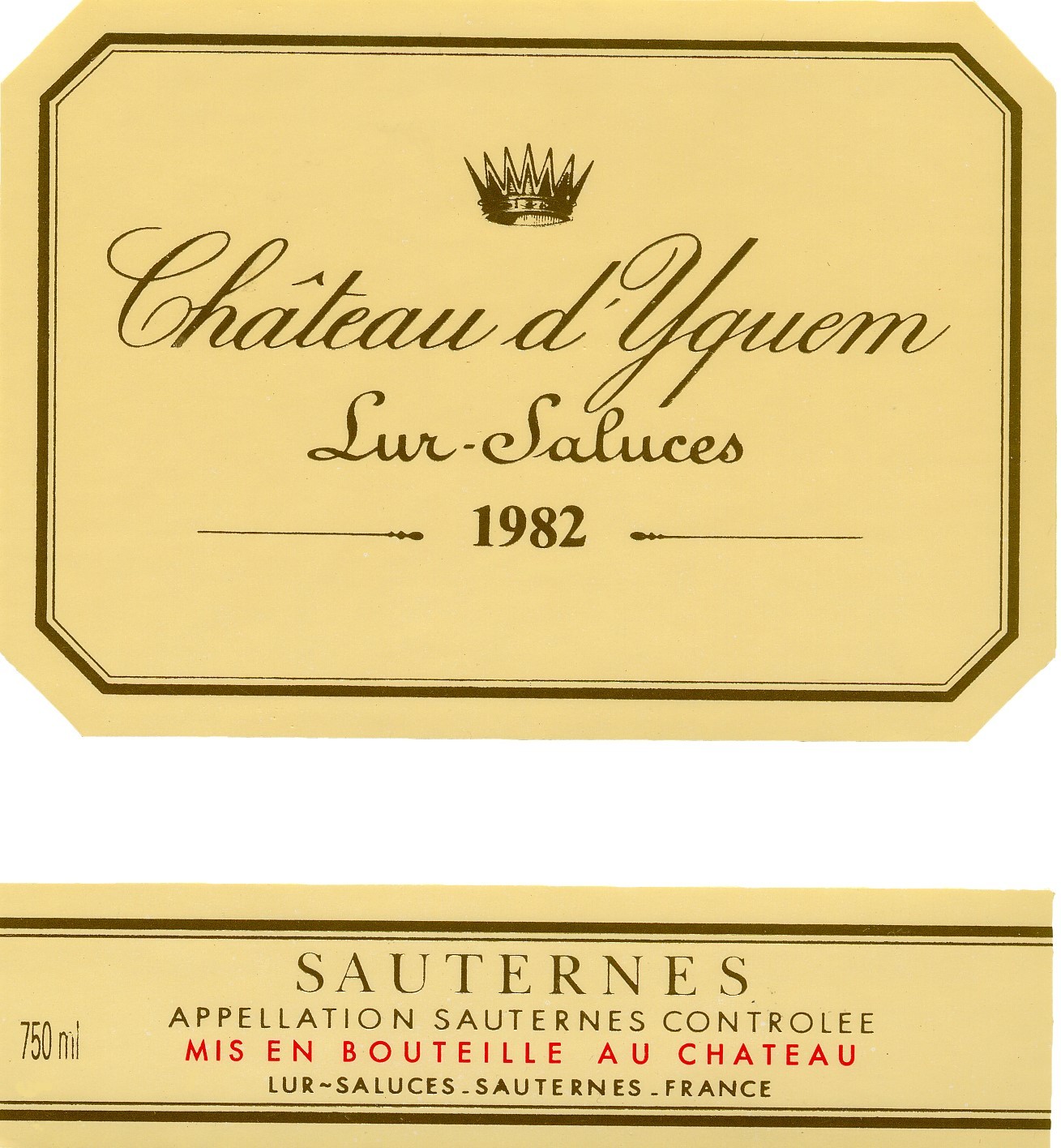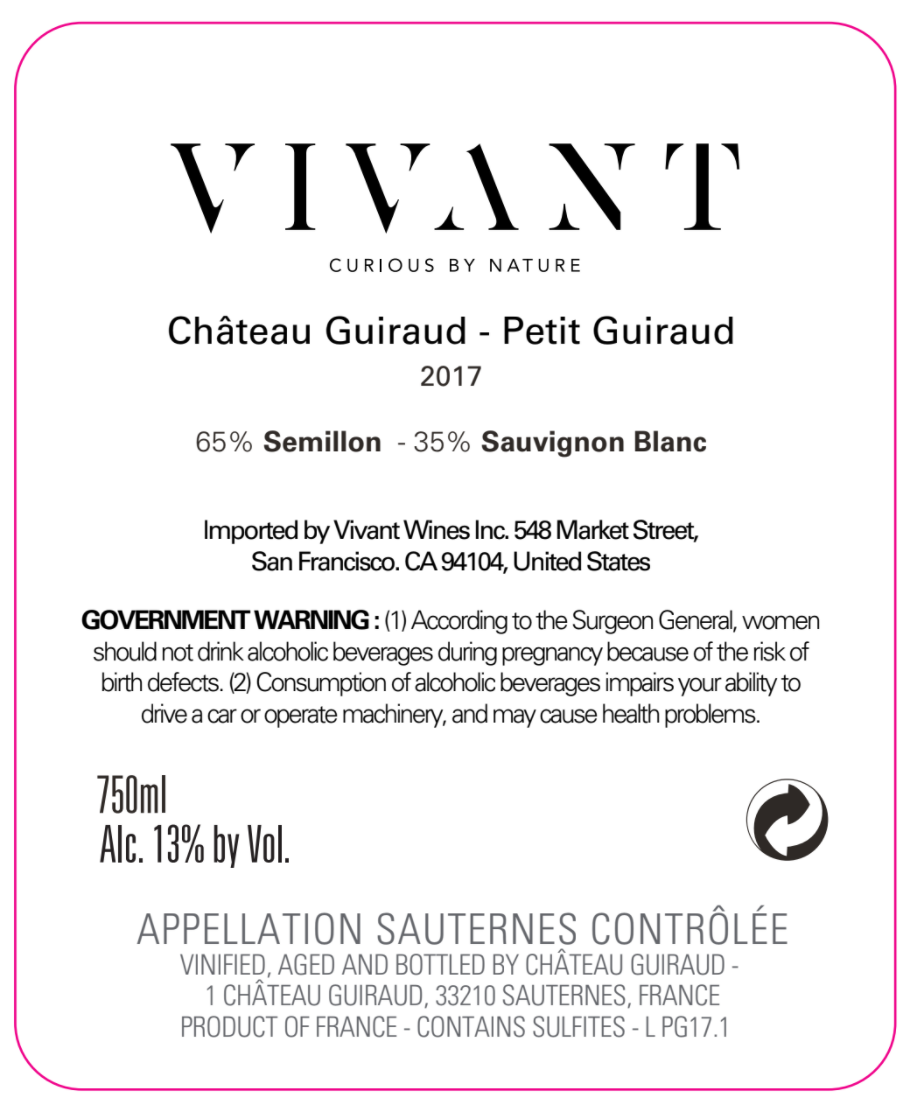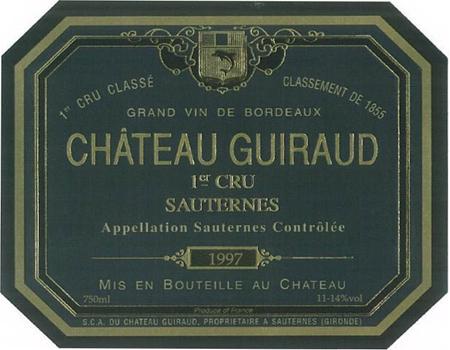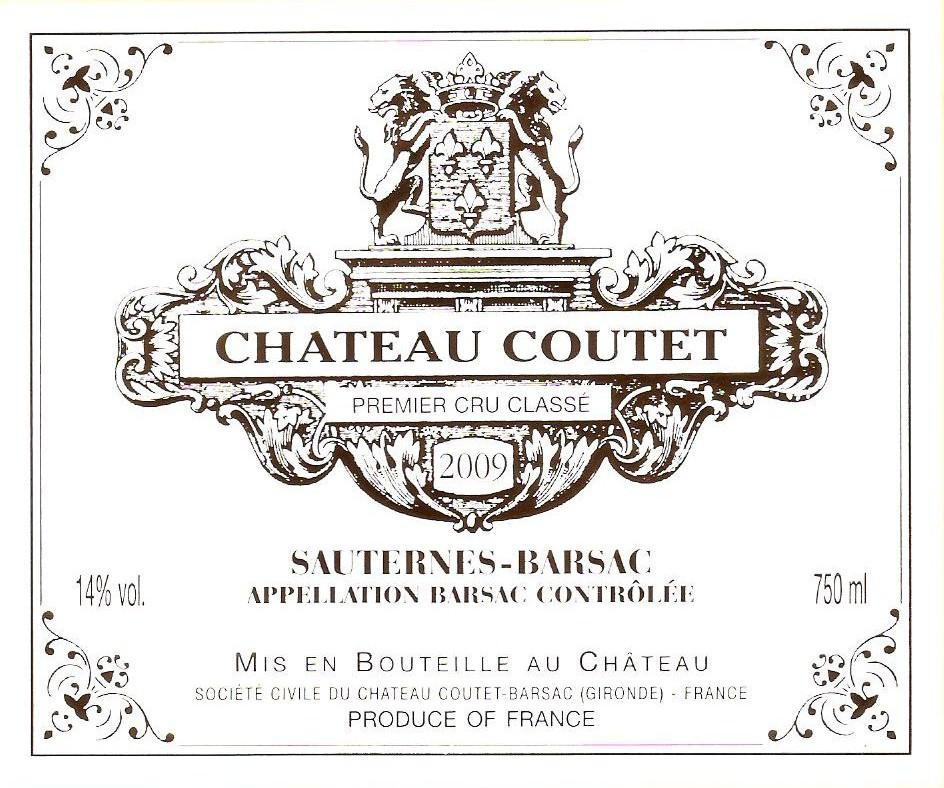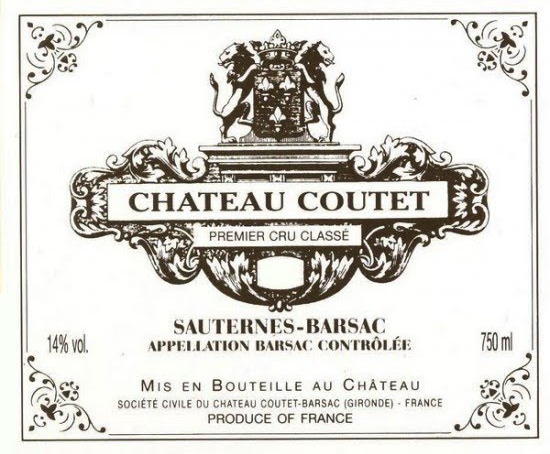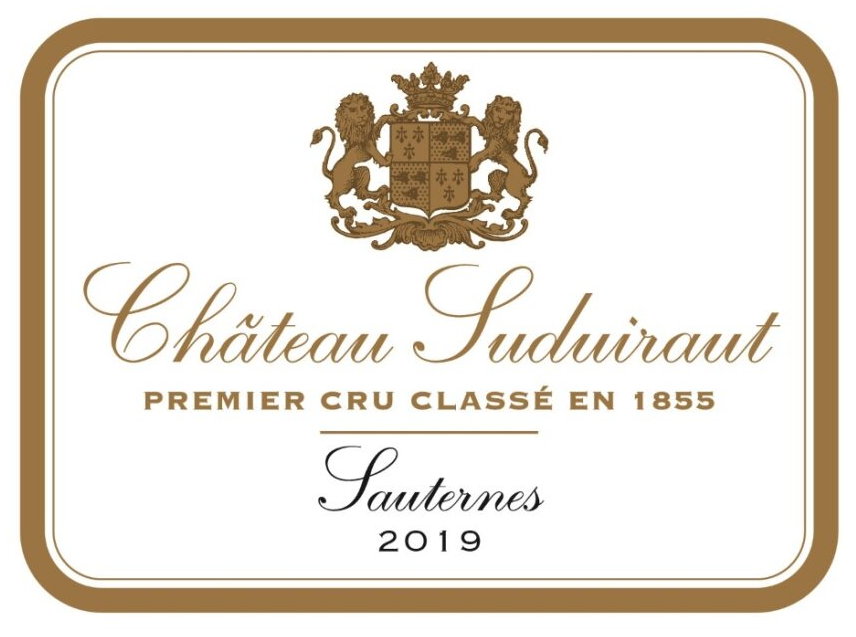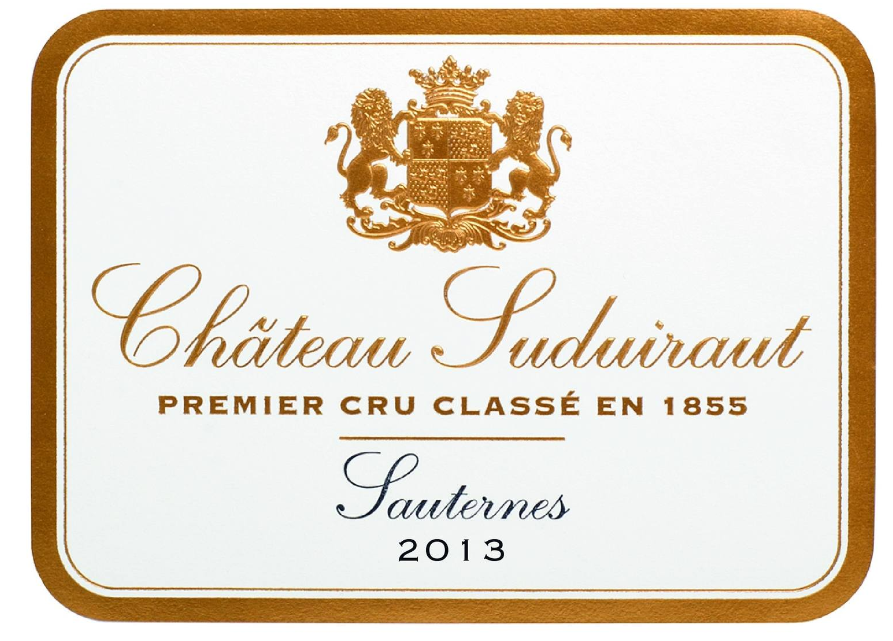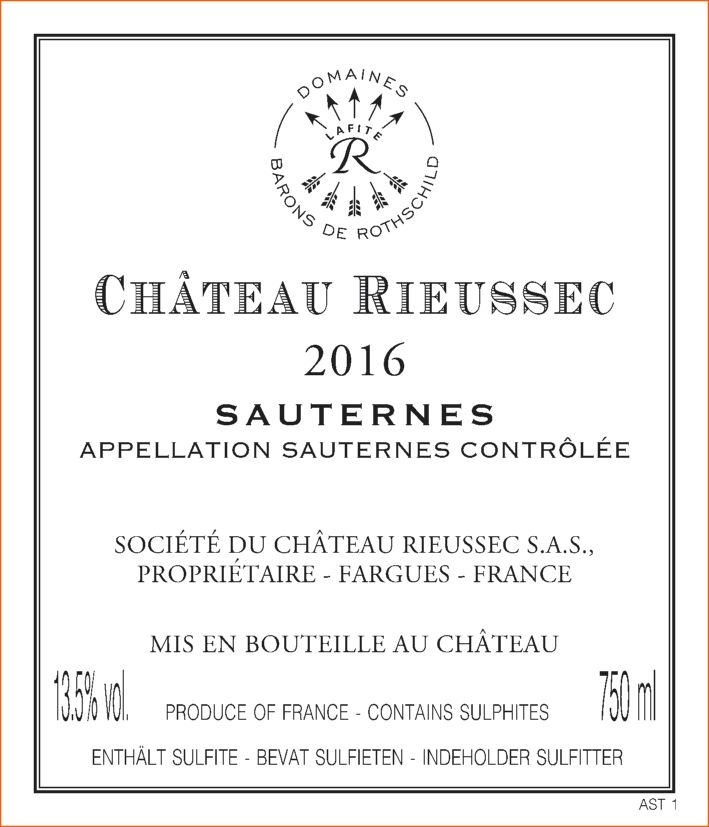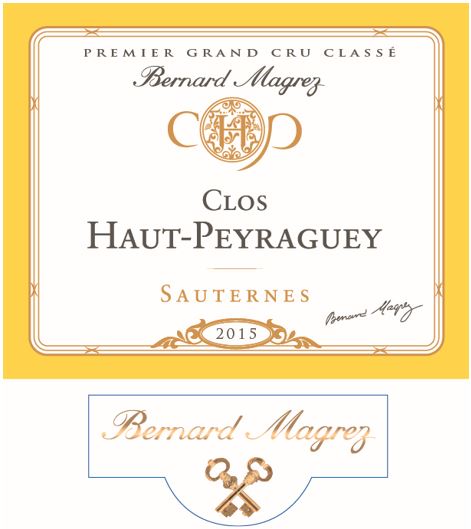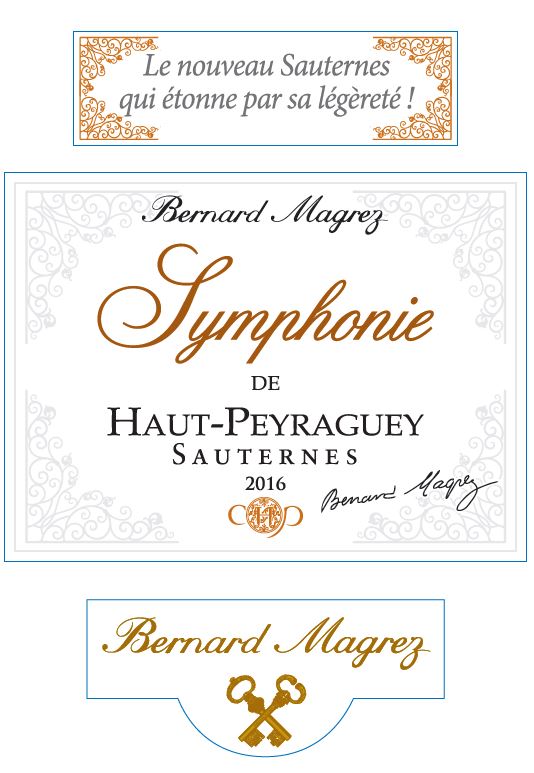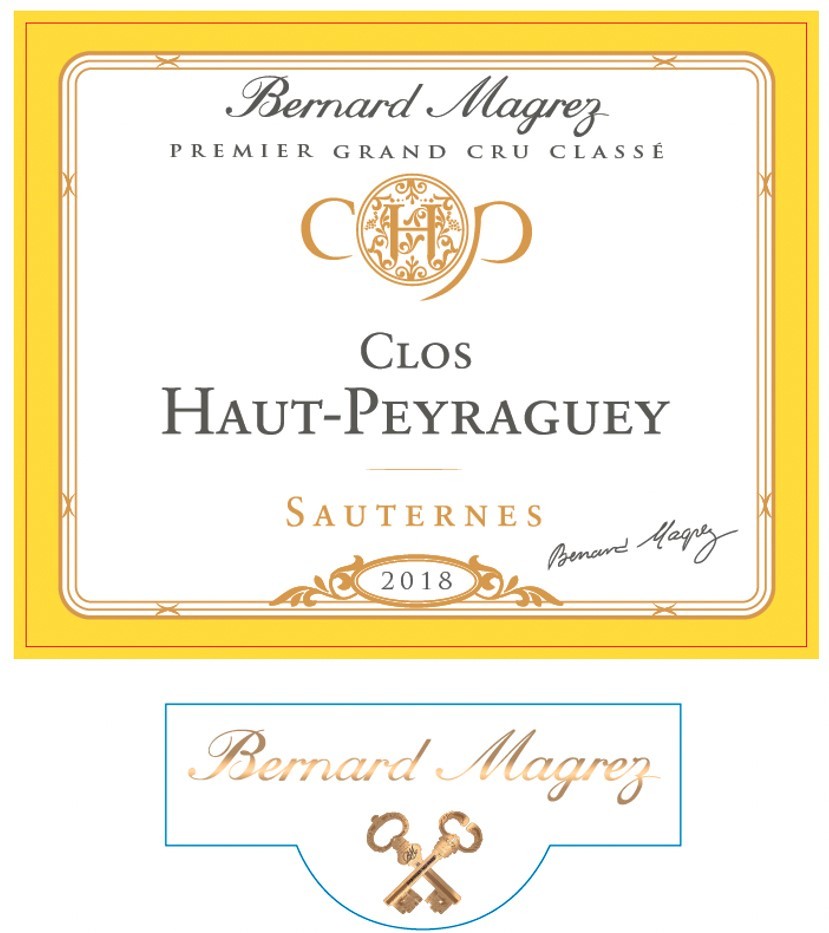Signature Sauternes Wine Styles & Grape Varieties
-
Sémillon: the cornerstone of Sauternes wines, offering a rich texture and flavors of honey, apricot, and nougat.
-
Sauvignon Blanc: adds a refreshing lift with aromatic notes of citrus and a hint of grassiness.
-
Muscadelle: contributes floral and fruity characteristics, enhancing the wine's complexity.
-
Sauvignon Gris: permitted in small amounts, it adds subtle depth and nuance.
These wines are renowned for their amber to deep gold hues and complex aromas, including candied citrus, saffron, and toasted nuts. With over 150 g/L residual sugar, they remain well-balanced due to natural acidity. Often aged in oak, these wines are richly viscous yet lively, with a long-lasting finish. While Sauternes is famed for sweet wines, some producers, like Château d’Yquem, also craft exceptional dry whites.
Terroir of Sauternes
Sauternes' land is a mix of gravel terraces and sandy soils, with limestone and clay underneath. Near villages, you'll find silty clay. These soils drain well, which is key for growing its famous botrytized wines. The region has a warm, maritime climate, with hot summers to ripen grapes and mild autumns that help sugars build up.
The Ciron and Garonne Rivers create fog every fall night, vital for noble rot. This fog lifts by late morning, leaving just the right moisture for botrytis. Climate change brings challenges, sometimes leading to more dry wines in hotter years. Yet, the land's variety remains. Barsac's cooler, limestone-rich soils make lighter, citrusy wines, while Sauternes' gravelly slopes produce fuller-bodied wines. Together, they add to the region's famed diversity and complexity.
Notable Wineries in Sauternes
The Sauternes region in Bordeaux is renowned for its prestigious sweet wines, made possible by the unique climatic conditions and noble rot. Here are several notable wineries in this esteemed area:
-
Château d’Yquem: Known as the “king of Sauternes,” it produces wines with exceptional aging potential and meticulous hand-harvesting techniques.
-
Château Climens: Located in Barsac, it is famed for its precise, high-acid wines.
-
Château Guiraud: A welcoming estate offering tours, known for its commitment to organic practices.
-
Château de Fargues: A historic estate crafting sought-after, limited-quantity wines.
These wineries, with their diverse styles and dedication to quality, contribute to Sauternes' reputation as a world-class wine-producing region.
Sustainable Winemaking in Sauternes
The Sauternes region, known for its sweet, noble rot wines, is embracing sustainability with fervor. Many winemakers are adopting organic and biodynamic practices, aligning with certifications like Terra Vitis and Haute Valeur Environnementale (HVE). This shift reflects a broader commitment to eco-friendly viticulture, essential in a climate-sensitive area.
Practices such as using cover crops, low-impact weeding, and thoughtful treatments protect the soil while enhancing biodiversity. Water conservation is prioritized, with rainwater collection and process water recycling becoming the norm. Additionally, lighter glass bottles and renewable energy use are reducing the industry's carbon footprint.
Sauternes winemakers are not only preserving the tradition of crafting exquisite dessert wines but are also ensuring their vineyards remain viable for future generations, aligning with sustainable trends seen throughout Bordeaux.
Wine Tourism in Sauternes
Sauternes offers a unique wine tourism experience, with intimate visits to its picturesque vineyards. Many châteaux, like Château Guiraud, welcome guests by appointment for guided tours and tastings. Visitors can explore the noble-rot process, essential for these renowned sweet wines. The Maison des Vins de Sauternes-Barsac in the town of Sauternes is an excellent starting point to sample local wines from various producers.
The Route des Vins de Graves et Sauternes provides well-marked paths for exploring by car or bike, connecting estates such as Lafaurie-Peyraguey. Many estates host seasonal events, offering a chance to experience the region's winemaking traditions firsthand. With stunning landscapes, detailed cellar tours, and memorable tastings, Sauternes is a prime destination for those interested in the depth and complexity of its wines.
